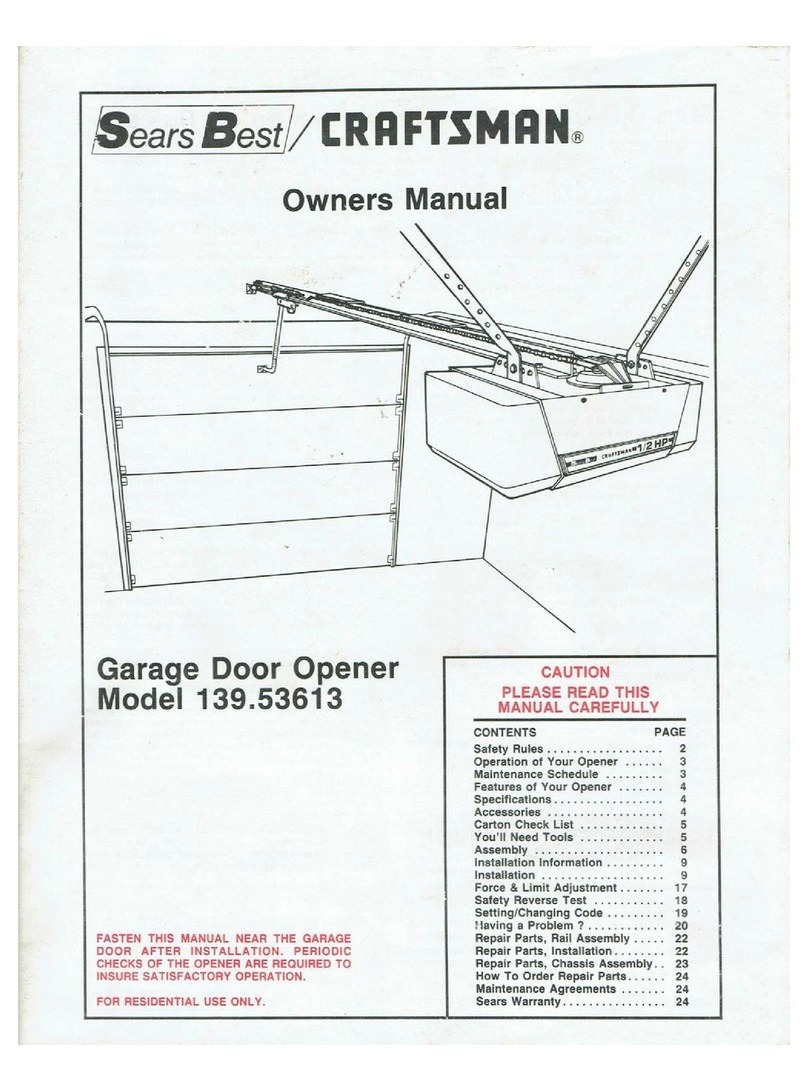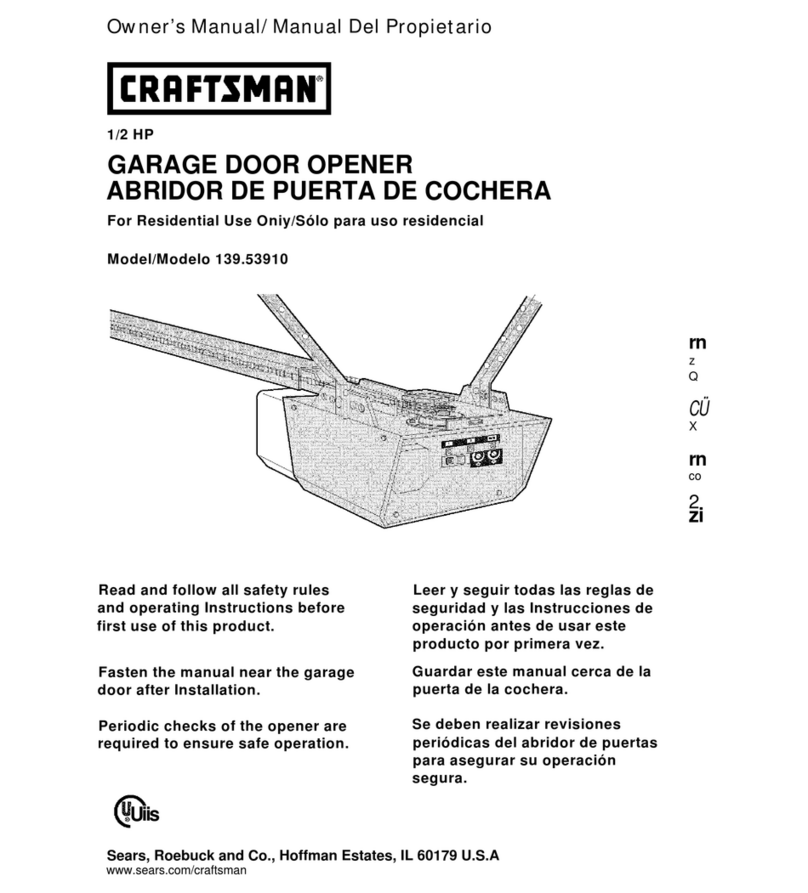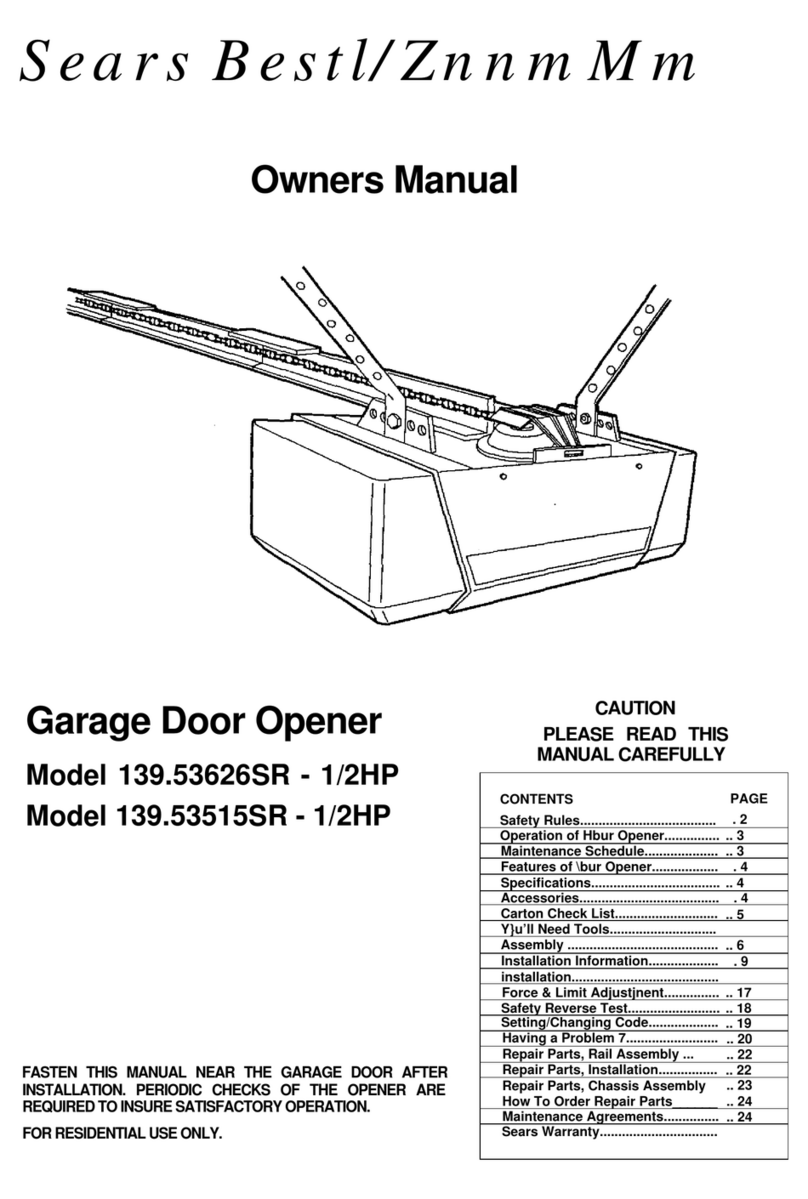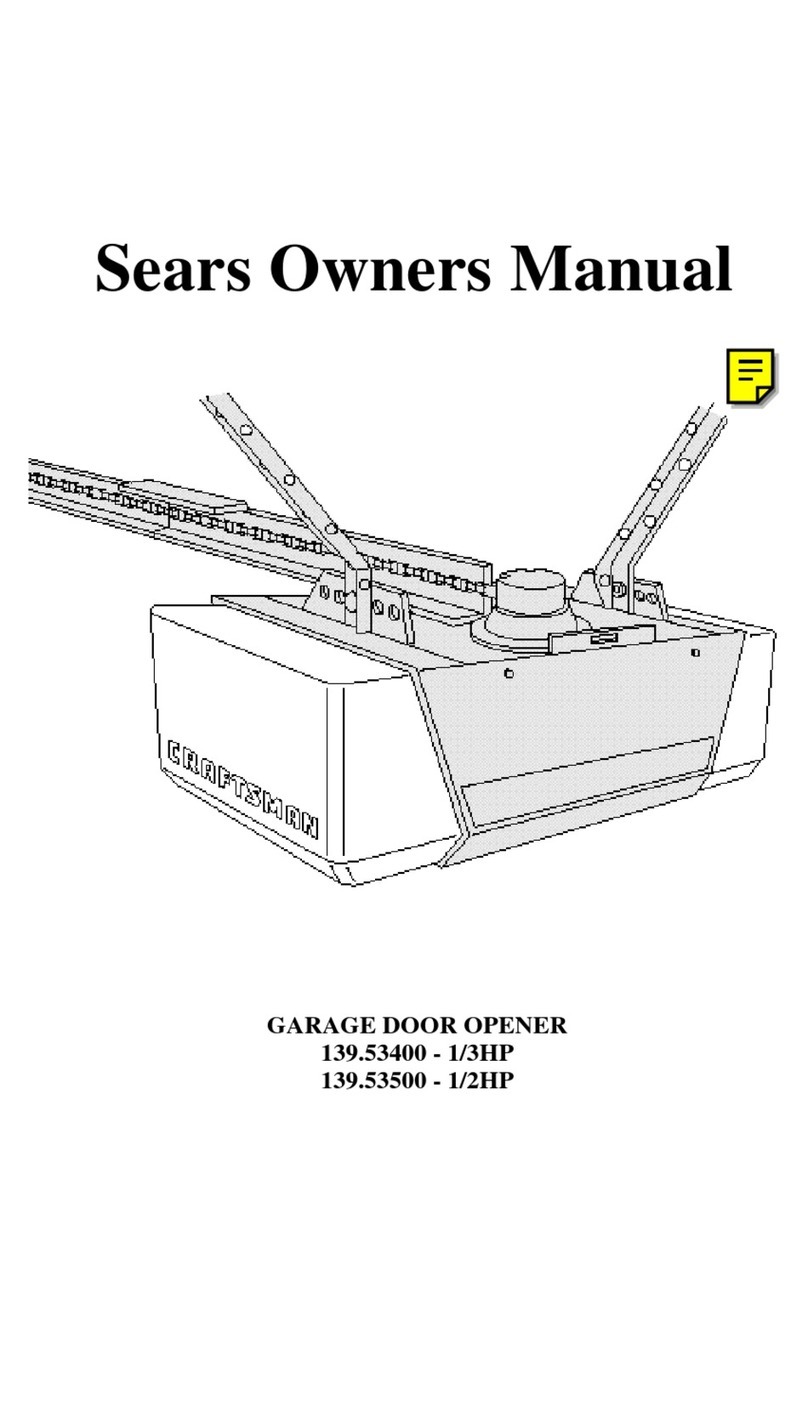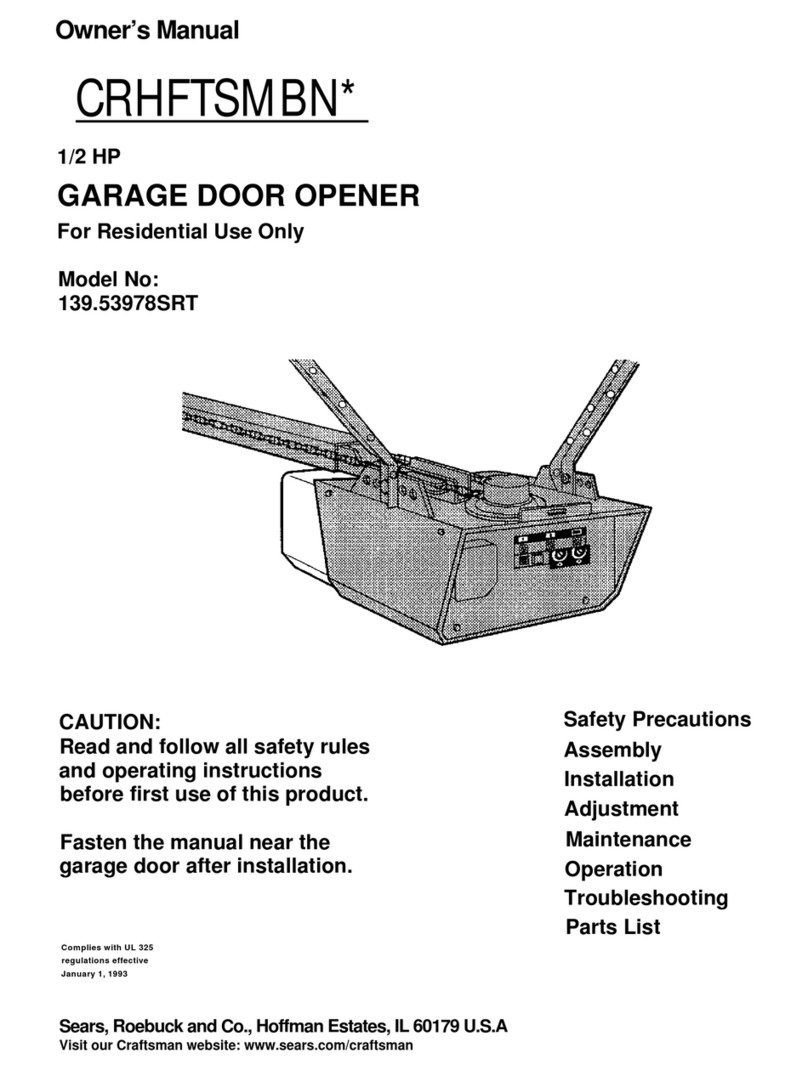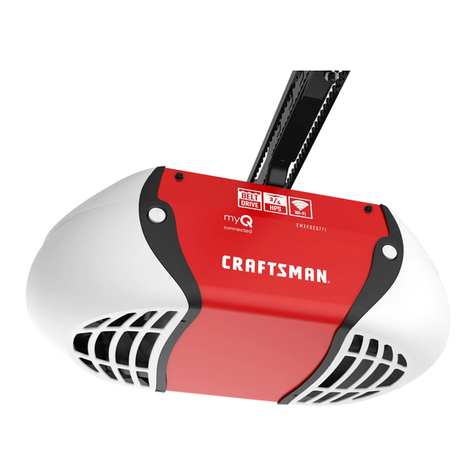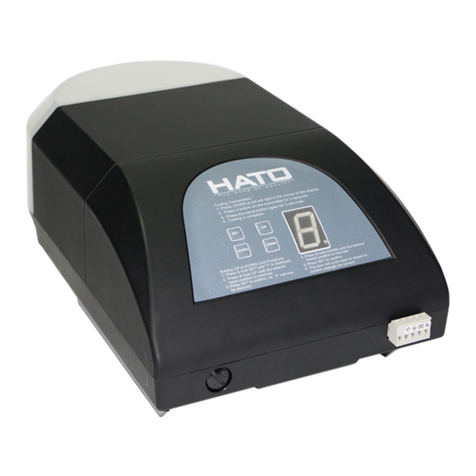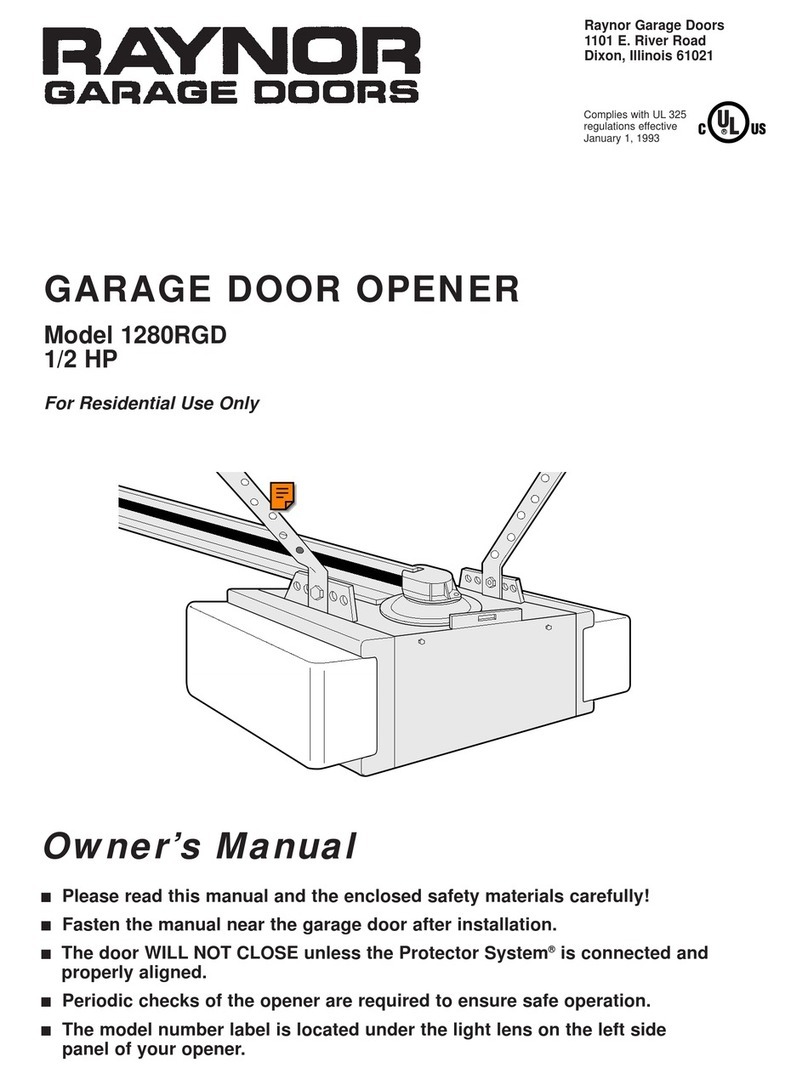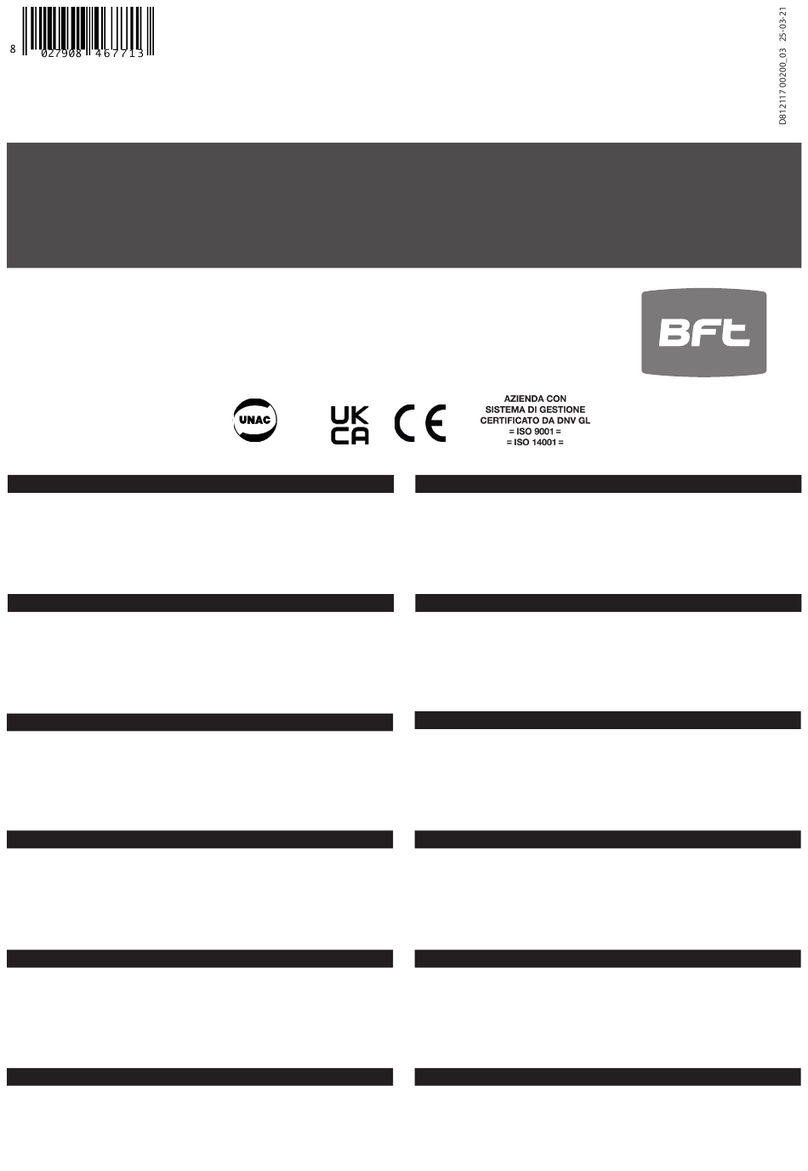Start by Reviewing these Important Safety Alert Symbols
2
Contents Page
A review of safety alert symbols.................................2
You'll need tools..........................................................3
Safety information regarding garage door
locks and ropes.........................................................3
Testing your garage door for sticking,
binding and balance..................................................3
Illustration of sectional door installation .....................4
Illustration of one-piece door installation....................5
Carton inventory..........................................................6
Hardware inventory.....................................................7
Assembly section - pages 8 – 11
Assemble T-rail.........................................................8
Attach belt pulley bracket..........................................8
Install trolley ..............................................................9
Fasten T-rail to opener .............................................9
Install belt................................................................10
Set the belt tension.................................................10
Attach belt cap retainer...........................................11
Installation section - pages 11 – 27
Installation safety instructions.................................11
Determine header bracket location
Sectional door......................................................12
One-piece door....................................................13
Install the header bracket .......................................14
Attach the T-rail to header bracket.........................15
Position the opener.................................................16
Hang the opener.....................................................17
Install the door control ............................................18
Contents Page
Install the lights and lenses......................................19
Attach emergency release rope and handle ...........19
Electrical requirements.............................................20
Safety reversing sensor information........................21
Install the safety reversing sensor.....................22, 23
Fasten door bracket (sectional door).......................24
Fasten door bracket (one-piece door).....................25
Connect door arm to trolley (sectional door) ...........26
Connect door arm to trolley (one-piece door)..........27
Adjustment section - pages 28 – 30
Travel limit adjustments ...........................................28
Force adjustments....................................................29
Test the safety reversing sensor..............................30
Test the safety reverse system ...............................30
Operation safety instructions .....................................31
Care of your opener ...................................................31
Maintenance schedule...............................................31
Operation of your opener...........................................32
Receiver and remote control programming...............33
Having a problem?...............................................34, 35
Repair parts, rail assembly.........................................36
Repair parts, installation.............................................36
Repair parts, opener assembly..................................37
Accessories................................................................38
Index...........................................................................39
How to order repair parts ...........................................40
Maintenance agreement............................................40
Warranty.....................................................................40
When you see these Safety Symbols on the following pages, they will alert you to the possibility of
serious injury or death
if you do not comply with the corresponding instructions. The hazard may
come from something mechanical or from electric shock.
Read the instructions carefully.
When you see this Safety Symbol on the following pages, it will alert you to the possibility of damage
to your garage door and/or the garage door opener if you do not comply with the corresponding
instructions.
Read the instructions carefully.
This garage door opener is designed and tested to offer safe service provided it is installed, operated,
maintained and tested in strict accordance with the safety instructions contained in this manual.
Mechanical Electrical
